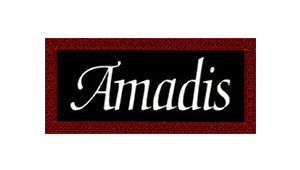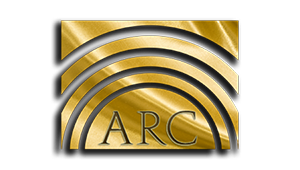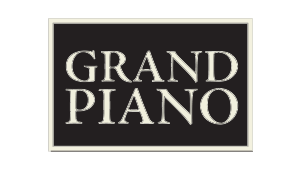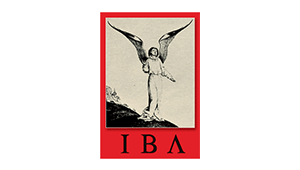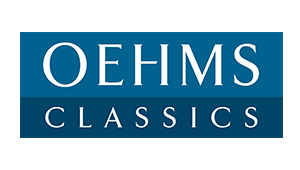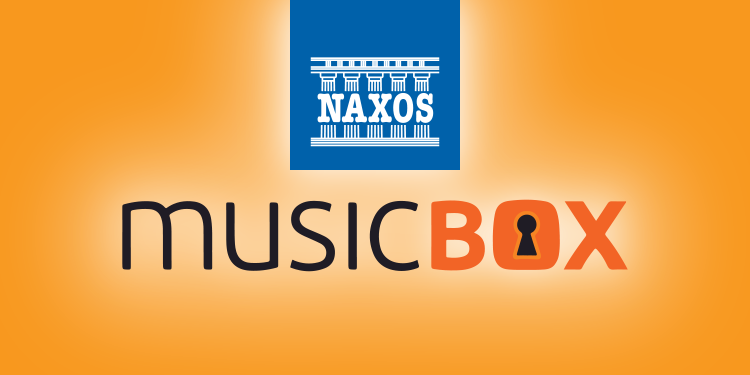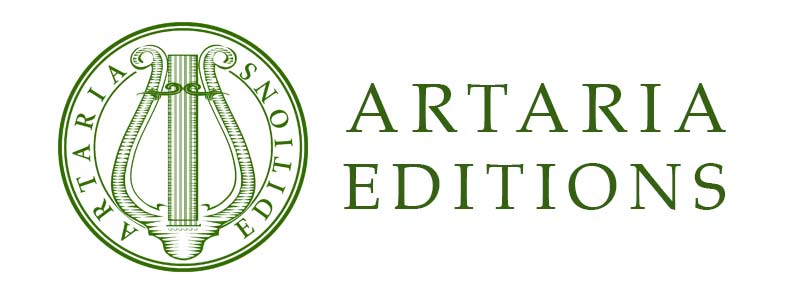Accelerando (Italian: becoming faster) is a term in general use to show that the music should be played at an increasing speed.
An accompaniment is an additional part of any kind that is less important than another, which it serves to support and enhance. The piano is often used to provide an accompaniment to a solo singer. In works for, say, violin and piano the role may be swapped between the instruments.
Badinerie (French: teasing) indicates a piece of music of light-hearted character. The best-known badinerie is the lively last movement of Bach’s Suite in B minor for flute, strings and continuo.
The ballet-héroïque was a form that developed in France in the second and third quarters of the 18th century. Generally celebratory in tone and purpose, the genre involved heroic figures in a series of episodes based on a general theme. Rameau was the principle exponent of a form of distinct political relevance in its own time.
Capriccio or caprice appears in a variety of musical meanings, used differently at different periods and by different composers. In the later 16th century and 17th century it generally indicated a fugal composition (see ‘Fugue’) but later came to signify dances or dance suites or any composition that allowed a relatively free play of fancy, as in the Capriccio espagnol (‘Spanish Caprice’) of Rimsky-Korsakov or the Capriccio italien (‘Italian Caprice’) of Tchaikovsky.
The chorale prelude (an introduction to a chorale) was developed in 17th-century Germany as an organ composition based on a chorale melody. The form is found in the later 17th century in the work of Buxtehude and in the early 18th century most notably in the 45 chorale preludes of Johann Sebastian Bach.


